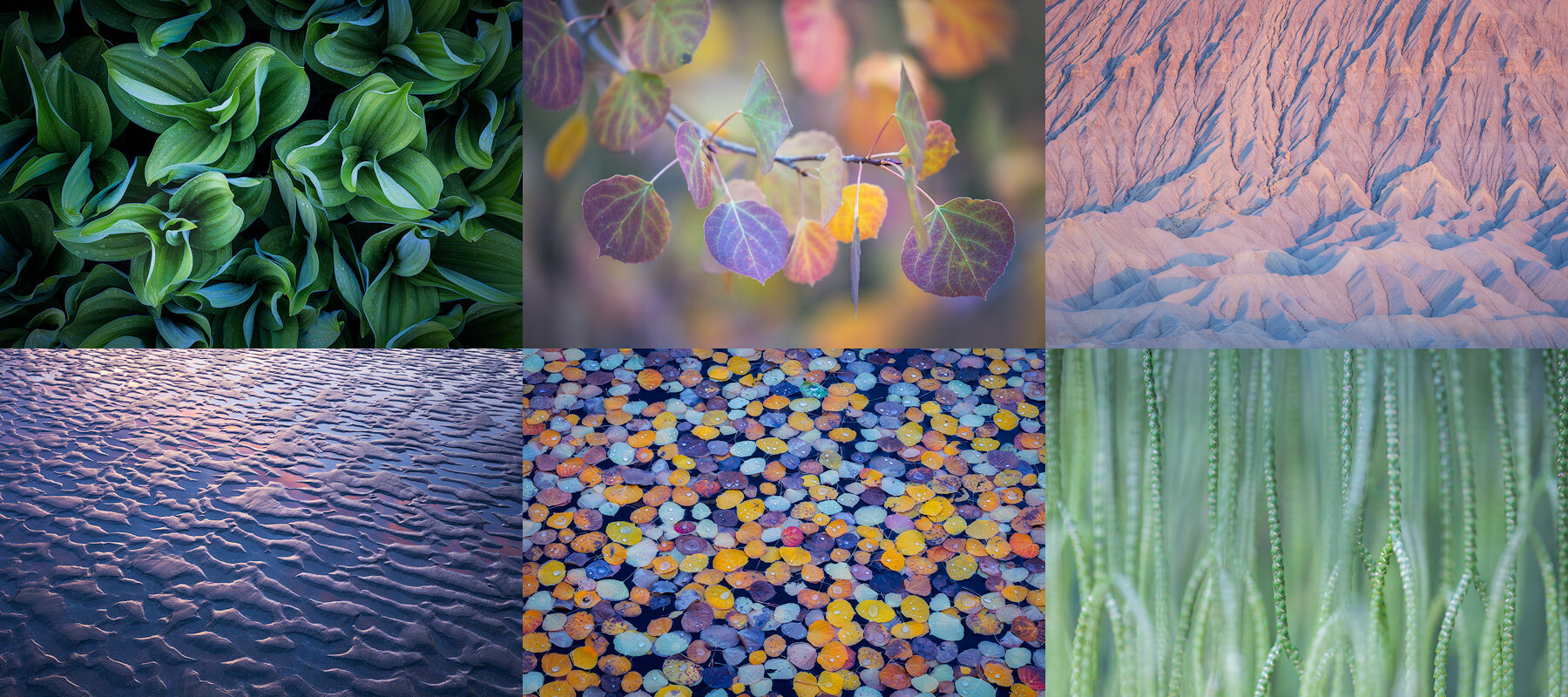With composition, we are able to take the elements of nature that we connect with the most and arrange them in a manner that communicates our visual preferences and the stories we want to tell about our subjects. In this way, composition serves as an intensely personal window into how we see the natural world and choose to present it through our photography. In writing my most recent ebook, 11 Composition Lessons for Photographing Nature’s Small Scenes, I spent a lot of time thinking about the themes in my composition habits and find that these five ideas are most essential:
#1: Abstraction: See Beyond the Literal Qualities of Your Subject
#2: Simplification: Compose Around a Core Concept
#3: Exclusion: Elevate Your Subject by Eliminating Context
#4: Structure: Seek Out Scaffolding for Your Composition
#5: Details: Pay Attention to the Small Stuff
These ideas are the versatile, practical composition concepts that I return to again and again. Instead of relying on rigid rules (like the rule of thirds) that do not necessarily align with every photographer’s goals for personal expression or every scene we will come across, these ideas are instead tools for the toolbox that we can apply in a wide variety of scenarios to a broad range of subjects.
Read More
